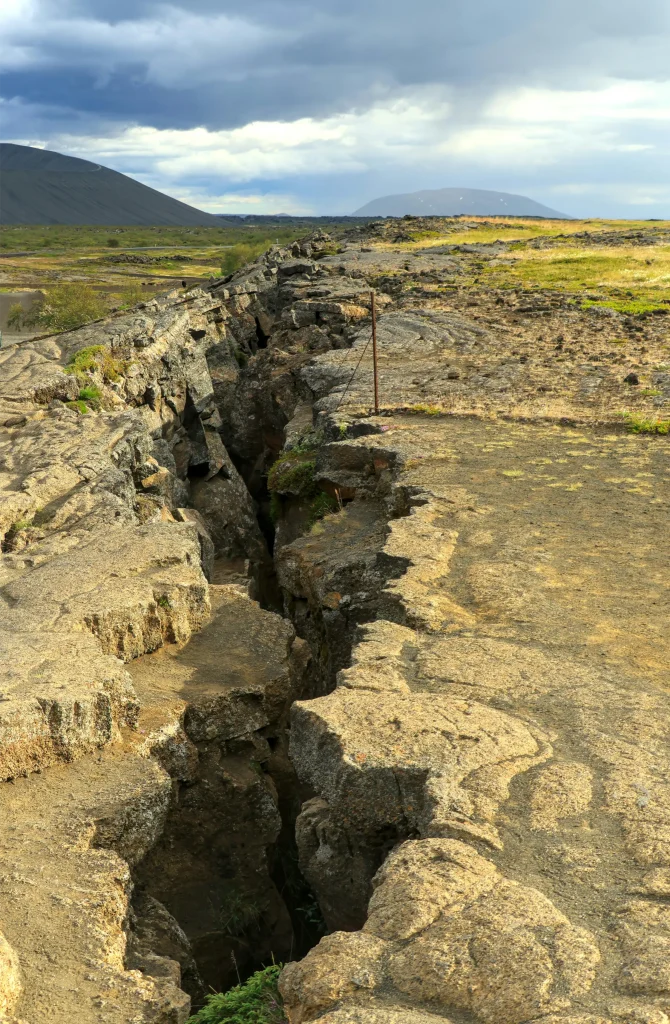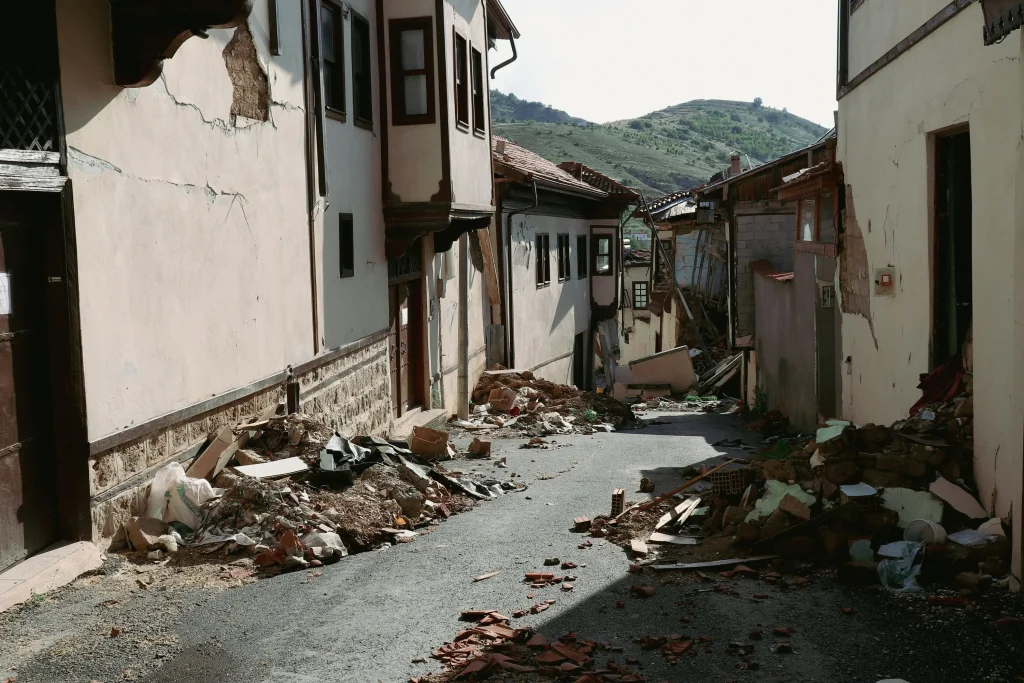Malaysia has long treated floods as its most visible natural hazard. The devastating Taman Sri Muda floods of December 2021 changed buyer behaviour and developer planning across the Klang Valley, and now a run of recent tremors in Johor has opened a fresh chapter in how risk is perceived. Together, these events show how natural disasters are reshaping the property market in Malaysia, affecting buyer sentiment, developer strategy and insurance dynamics.
Floods: familiar, costly and market-moving
Flooding is not new in Malaysia, but the scale and impact of the 2021 events left long-lasting scars. Areas such as Taman Sri Muda saw severe damage and prolonged displacement, and local reporting and expert commentary suggested notable short-term devaluation in affected neighbourhoods. Buyers now often screen properties for flood risk before they transact, which depresses demand and can slow resale and rental performance in exposed locations.
Practical fallout for homeowners includes repeated repair bills, higher maintenance needs and often higher insurance costs or limited cover. Studies and reporting also show growing public interest in flood insurance, but coverage gaps remain common, meaning some owners still face significant out-of-pocket losses after major events.
Developers have responded by making risk a selling point: elevated sites, improved drainage, raised podiums, and flood-resilient landscaping now feature more frequently in project master plans. Local research indicates that strategic floodplain management and improved drainage reduce exposure and support longer-term value recovery in affected zones.
Earthquakes: an unfamiliar risk moving into view

In August–September 2025, a cluster of tremors in Johor — some recorded at magnitudes notable enough to be felt widely — prompted questions about seismic risk in peninsular Malaysia. While damage was limited, the psychological impact on buyers and local communities was disproportionate: earthquakes are less frequent and therefore less well understood here, making them particularly unsettling. As a result, seismic risk is emerging alongside flooding as a factor buyers and investors consider when assessing long-term property value.
Malaysia does have seismic design guidance (the Malaysian National Annex to Eurocode 8 / MS EN1998 series), and engineering authorities emphasise integrating seismic awareness into design and retrofitting where appropriate. But the coding and enforcement landscape differs from tectonically active countries, and the recent tremors have revived calls for stronger seismic readiness in building standards and planning.
How natural disasters shift buyer sentiment and pricing

When buyers perceive greater risk, whether from floods, tremors, or the combined effect of both, several predictable market shifts follow:
- Demand migration: Buyers favour safer locations (higher ground, better drainage, or areas with stronger infrastructure).
- Price sensitivity: Properties in high-risk zones typically trade at discounts or take longer to sell; in extreme cases, observable declines can reach significant percentages in the months after large events.
- Insurance and financing friction: Lenders and insurers re-price risk; some insurers may exclude flood cover or charge higher premiums, and lenders may require more rigorous property checks.
- Developer strategy change: Builders market resilience features and, where possible, shift future launches away from the most exposed plots.
These forces can combine to reallocate demand across neighbourhoods, alter rental yields, and reshape development pipelines. These are all key ways natural disasters reshape the property market in Malaysia.
What buyers and investors should check (a practical due diligence checklist)
Before you buy or invest, run this short checklist with your agent, valuer or property adviser:
- Flood maps & site elevation — check government and local flood-mapping tools; ask for site-level plans.
- Past claims & event history — ask the seller/MC about previous flooding or quake impacts and any insurance claims.
- Drainage & mitigation features — does the project have retained wetlands, pump stations, or elevated podiums?
- Building codes & structural design — for new builds, request the structural engineer’s compliance notes (including any seismic design where relevant).
- Insurance coverage — confirm what standard household insurance covers and whether flood or seismic perils require special riders.
- Valuation & stress testing — commission a valuation that factors disaster risk into the market-value opinion and scenario stress tests
For more info, please read our complete guide on property valuation in Malaysia.
What developers, insurers, and policymakers can (and should) do
Mitigating the property-market impact of natural disasters requires coordinated action:
- Targeted zoning and disclosure: Mandate clear disclosure of flood and seismic risk for all new listings.
- Incentivise resilient design: Offer tax or planning incentives for developments that incorporate proven mitigation features.
- Insurance market reforms: Encourage products that reduce protection gaps. For example, public-private flood pools or subsidised riders for vulnerable households. International bodies and regional studies highlight the need to close protection gaps across Asia.
- Stronger enforcement of structural standards: Where seismic risk is identified, apply recognised standards (MS EN1998-1) and improve retrofitting programmes for critical buildings.
How Raine & Horne can help
Raine & Horne provides specialist, on-the-ground services to help buyers, investors, and developers navigate these new dynamics:
- Site risk assessments (flood + seismic) that feed into valuation and investment analysis.
- Valuation reports that incorporate disaster-risk adjustments and scenario stress tests.
- Advisory services for developers on resilience design, disclosure and marketing of mitigation features.
- Assistance with insurance negotiations and interpreting policy coverage in disaster contexts.


